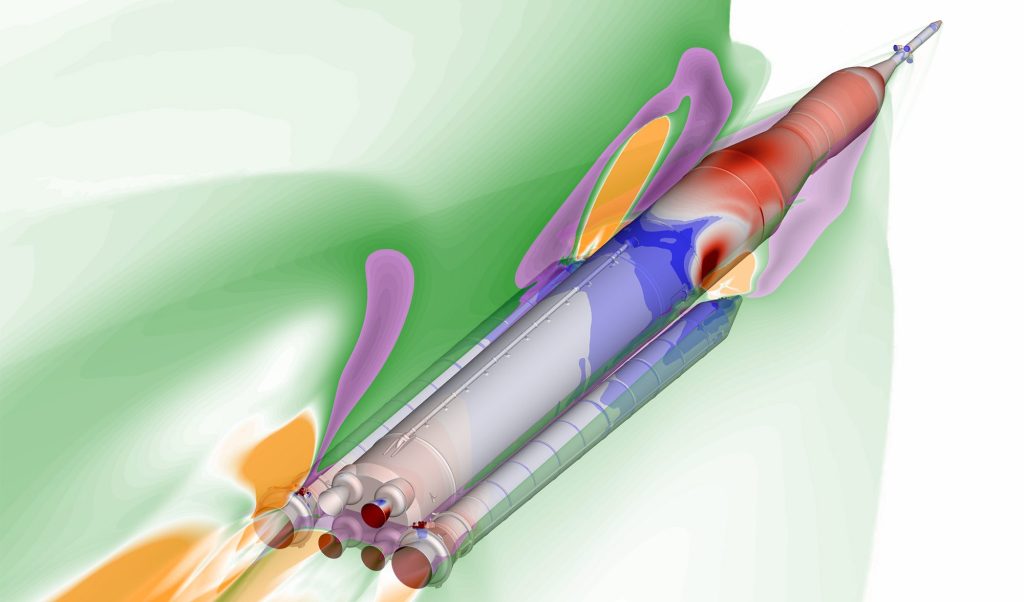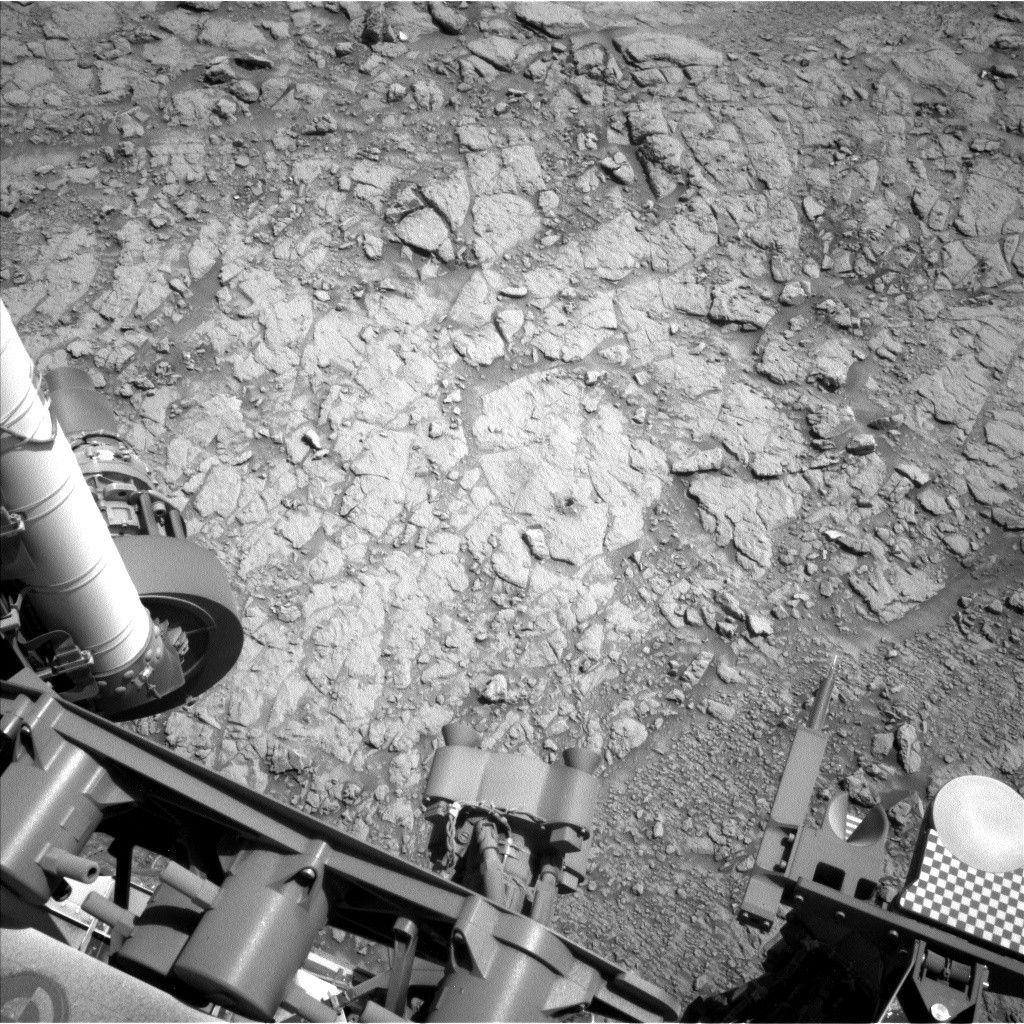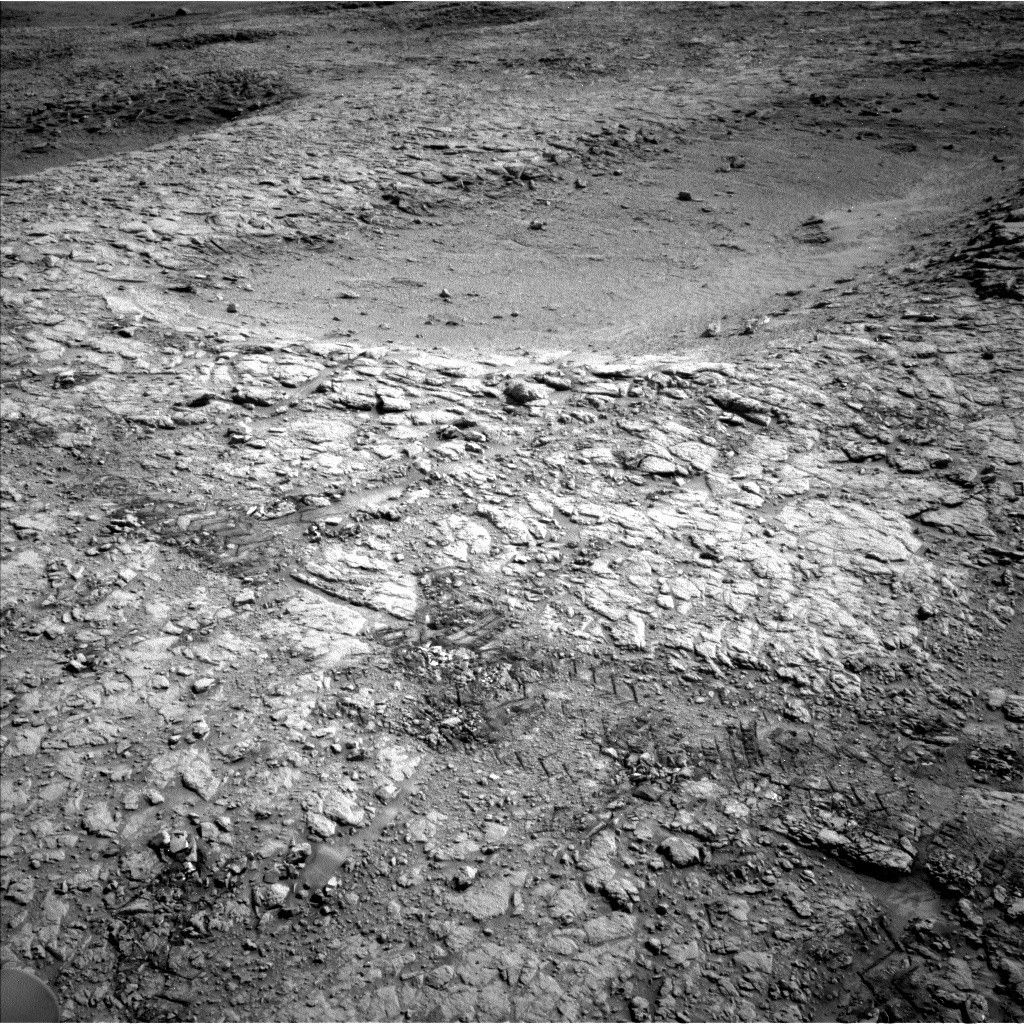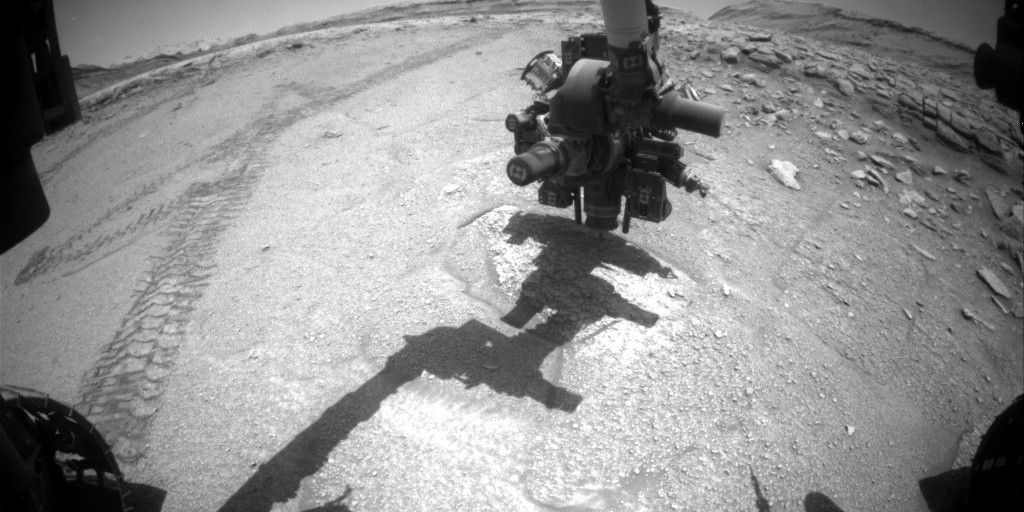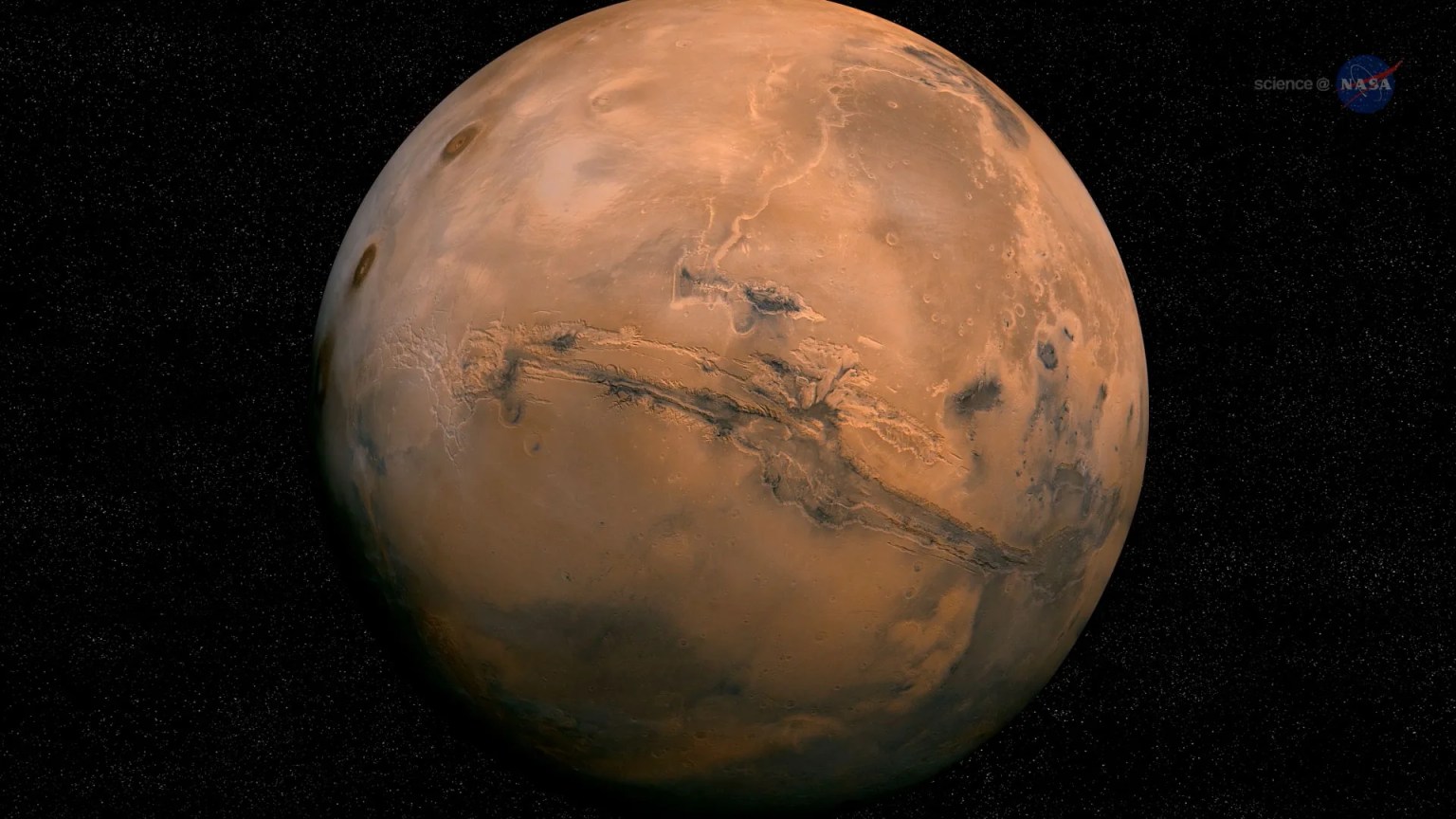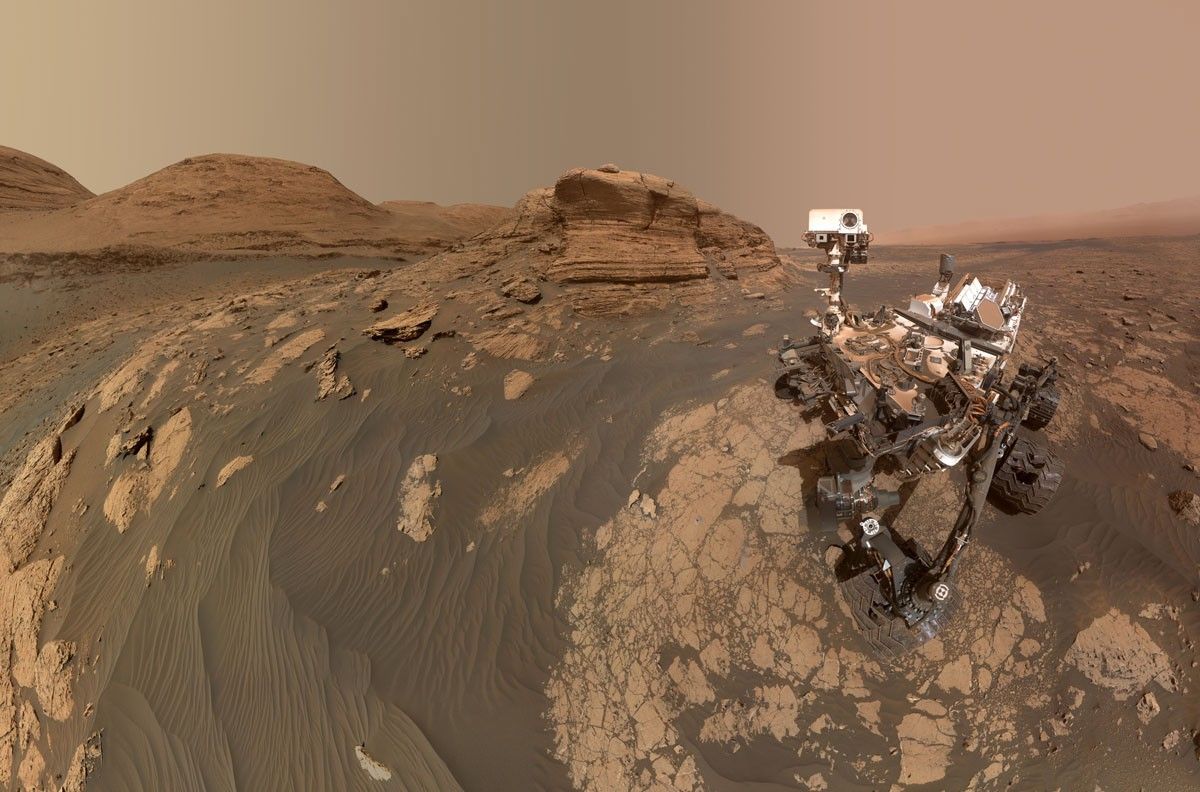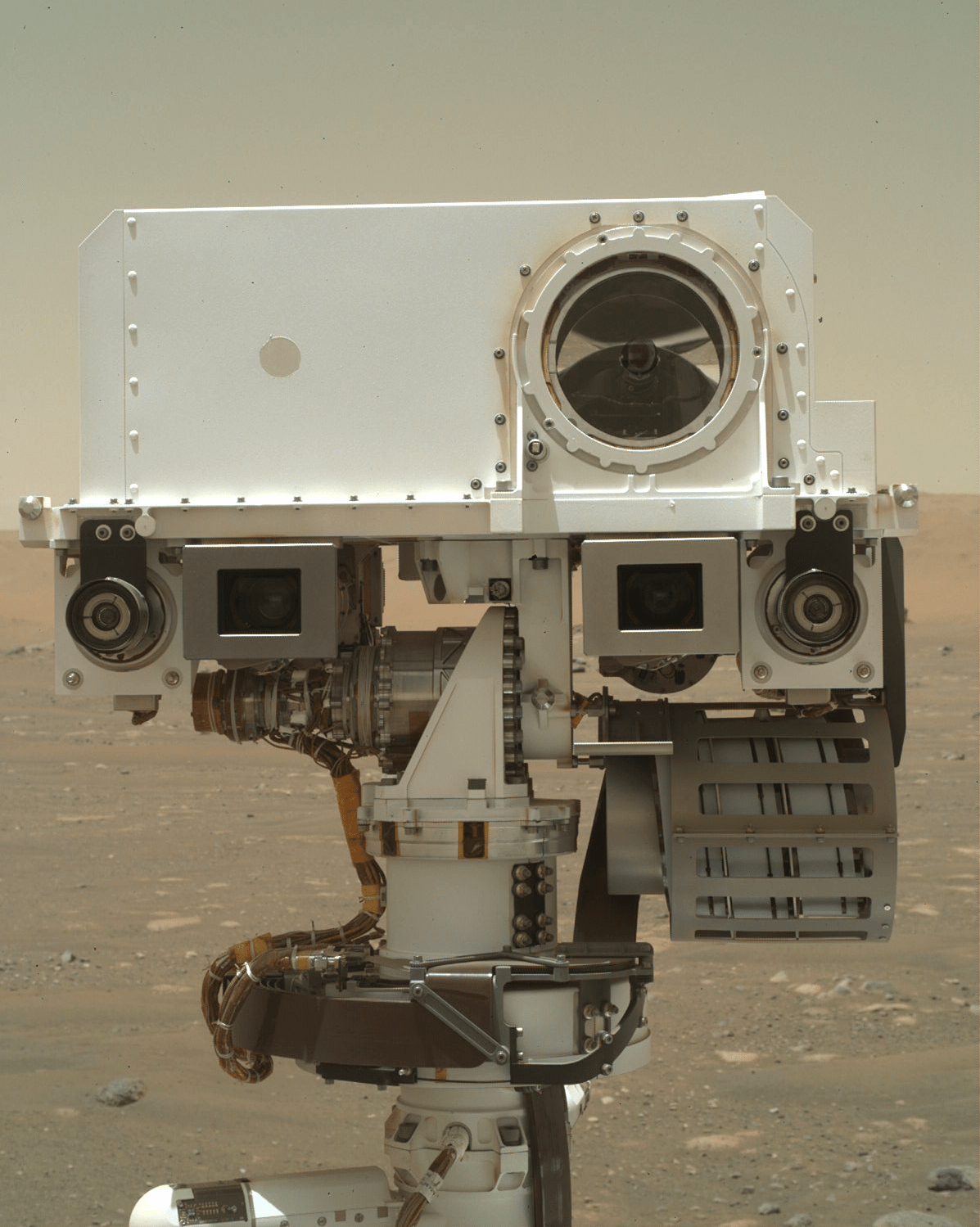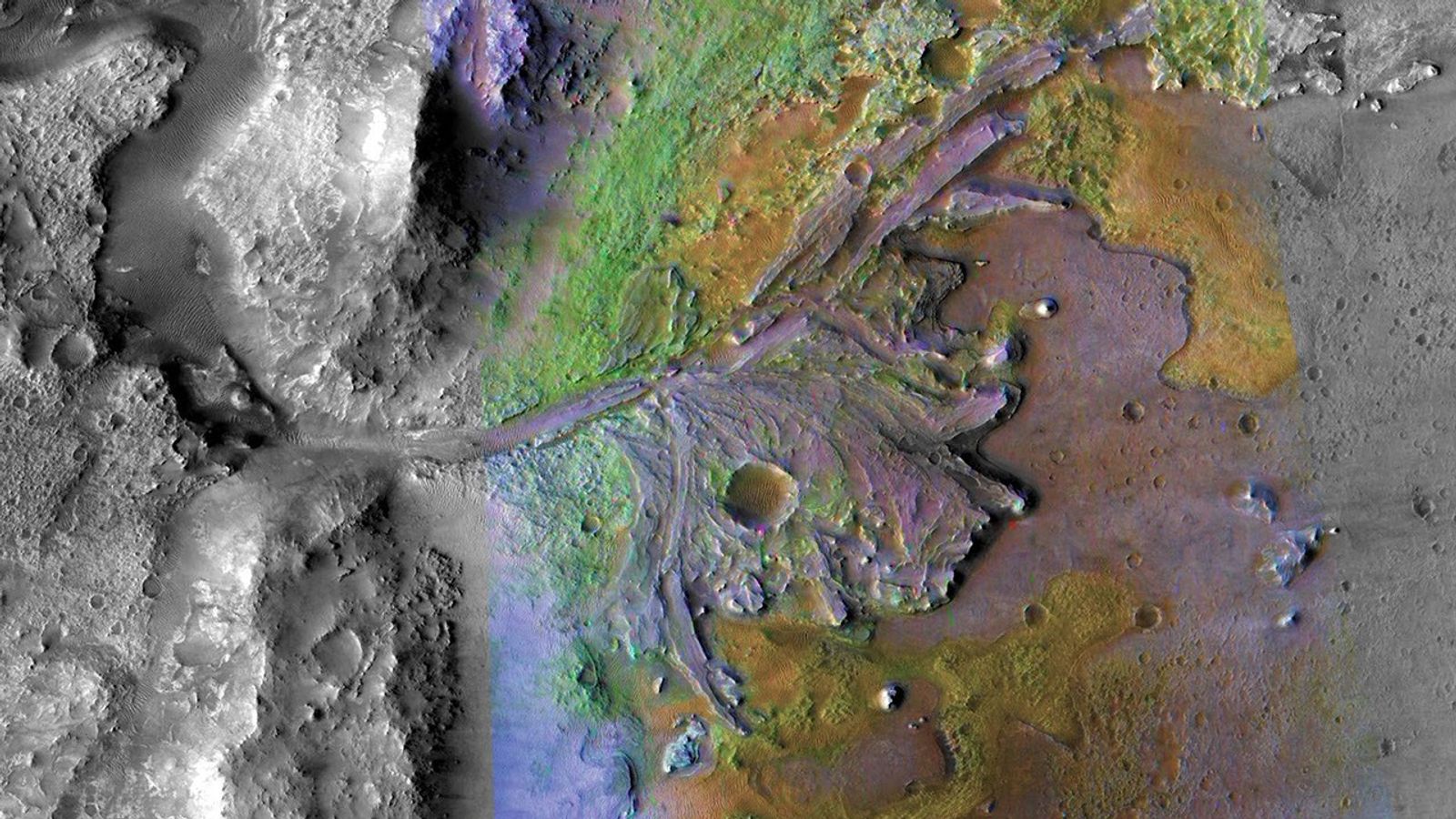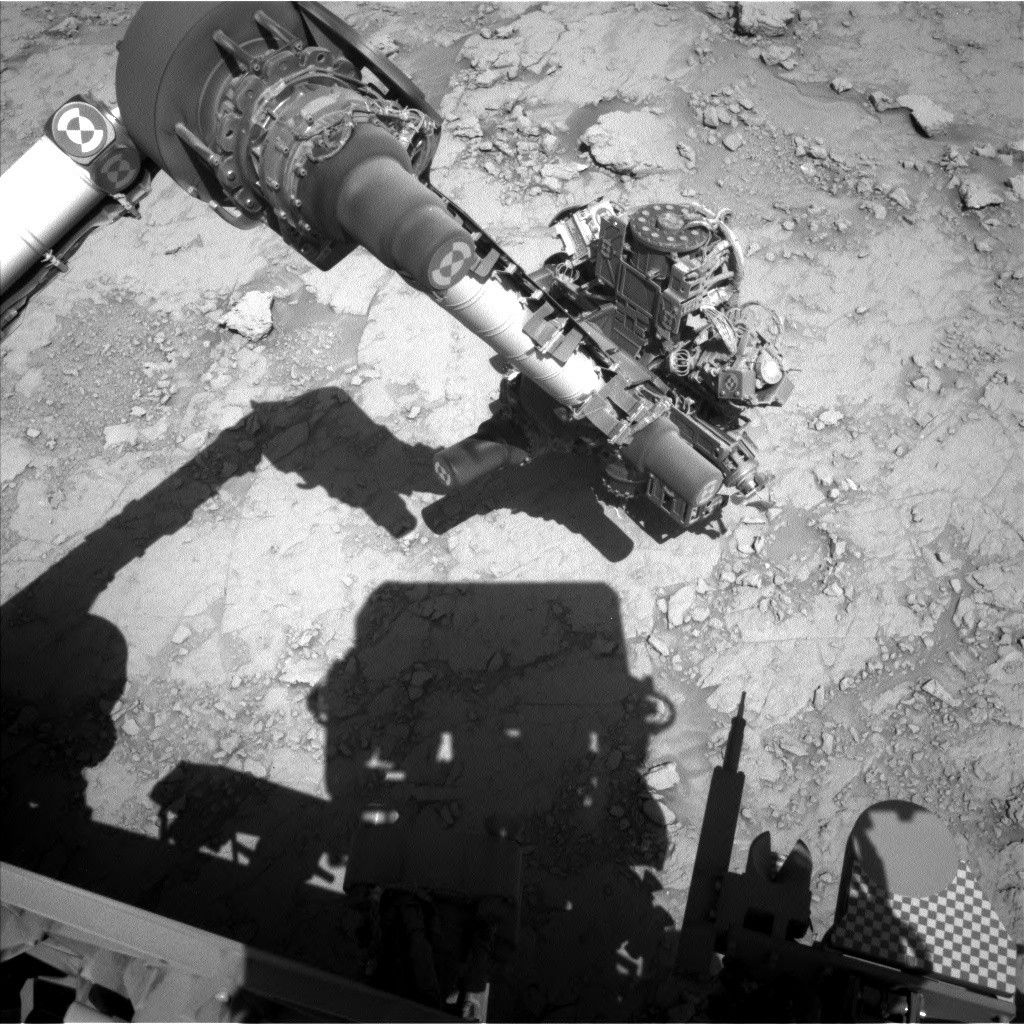
Written by Natalie Moore, Mission Operations Specialist at Malin Space Science Systems
Earth planning date: Friday, June 6, 2025
Curiosity’s Wednesday plan executed even faster than we hoped, giving us back more power for this intense drill plan on the Altadena target. Additionally, APXS reported the Altadena post-DRT target had the chemistry we were looking for to proceed with trying to drill. We got the word that TAAM (the “Target Acquisition Assessment Meeting” to approve/disapprove drilling) was go for drilling the Altadena target.
We’re starting this plan with our focus motors unstowed, left in the 2148 mc position for Mastcam-Right (M100) and the 2280 mc position for Mastcam-Left (M34), both focused on our Altadena workspace. Our left filter wheel is still immobile due to the mechanical stall on sol 3953, but we’re able to see out of our “clear” filters to continue showing approximately what the human eye would see if we were there in person. On the first sol, executing Saturday on Earth, Mastcam will take a mid-day 14-frame mosaic of the Mishe Mokwa butte about 800 meters (about a half-mile) to the southeast, the first in a three-level illumination experiment of this butte to execute this weekend. We’ll then turn our lenses very close to some troughs and polygonal fractures near the rover’s HGA (High-Gain Antenna) on the port side, capturing a total of 28 frames with both our “eyes.” Afterwards, we’ll give up commanding of the RSM (Remote Sensing Mast that Mastcam, ChemCam, and Navcam make up) to ChemCam while it shoots a raster of laser shots across a thick, bright vein in the Altadena post-DRT oval, shown here in one of the MAHLI images from 5 centimeters (about 2 inches) away. When ChemCam is done with the RSM, we’ll resume command and take a documentation image of their laser attempt before moving onto our next target: change detections.
During drill campaigns, we’re often asked to capture a single M100 frame multiple times over many sols, to assess any changes from wind or otherwise. At this drill site, we’re focusing on two change detection targets named “Camp Williams.” To get the most precise pointing possible, we first command the RSM to point 0.08 radians away from the target, then 0.04 radians away from the target, before finally taking our image of the target. This method, in theory, helps reduce the amount of backlash from moving the RSM so we’re able to get the most similar pointing possible each time. After our change detection observations, we’ll take four frames of the sky near the sun to measure the atmospheric opacity, or “tau."
We’re letting the rover nap for a bit before waking her up for our second Mishe Mokwa butte mosaic, this time in the evening at around 17:10 local Gale time. We’re hoping to see some dramatic shadowing from the approaching sunset behind the crater rim. That’s everything for the first sol; quite a lot of science to use all that power we came into the plan with.
On the second sol, executing when it’s Sunday on Earth, we'll drill the target. Mastcam won’t wake up until after the drill attempt on Altadena has been completed, and hopefully it’s successful. If so, we’ll see a nice dime-sized hole where the Altadena DRT spot was with both our eyes, then take images of the drill bit from about 1.7 meters (about 5.6 feet) away. If the rover thinks everything executed successfully, we’ll also take images of the SAM inlet cover #1 before and after trying to drop some of the Altadena sample on top. That’s it for the second sol for Mastcam.
On the third sol, executing Monday on Earth when the team will be planning Tuesday and beyond, the only thing Mastcam has to do is document a second ChemCam laser target attempt on another bedrock target in the workspace called “Chavez Ravine.” We won’t use Mastcam again until the following morning, when we take another four-frame tau measurement before moving onto our final illumination experiment mosaic on Mishe Mokwa about 7:30 on sol 4566. Most of the time we’re restricted to midday imaging to save heating time and plan complexity, but sometimes we get to see Mars at other times of day, when the shadows come out and create beautiful depth across the landscape.















